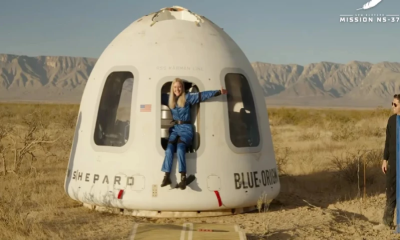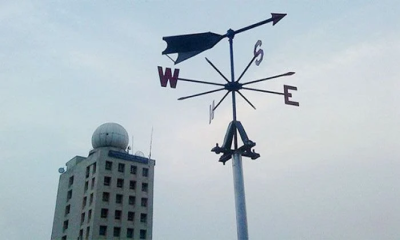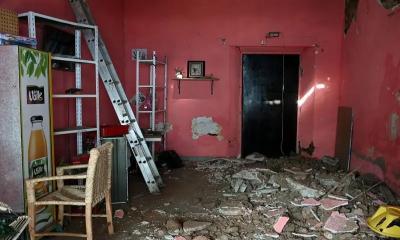NASA on Tuesday added more delays to its Artemis moon programme, scheduling for 2026 its first astronaut lunar landing in half a century while spacecraft from Elon Musk`s SpaceX, Lockheed Martin and other contractors face development challenges, reports Reuters.
The US space agency`s first two Artemis missions involving astronauts were each pushed back nearly a year in delays designed "to give the Artemis teams more time to work through the challenges," NASA administrator Bill Nelson told reporters in a news conference.
Artemis 3, the first crewed moon landing under the programme using SpaceX`s Starship, is now scheduled for September 2026, previously planned for late 2025, NASA said.
The precursor to that moon landing mission, Artemis 2, was also delayed, now planned for September 2025, NASA said. Artemis 2 involves four astronauts flying the Lockheed-built Orion capsule around the moon and back. Reuters reported on Monday the moon mission delays were imminent.
The new schedule "acknowledges the very real development challenges that have been experienced by our industry partners," said Amit Kshatriya, head of NASA`s moon and Mars exploration strategy.
NASA astronauts` journey to the moon will be a relay among multiple spacecraft in space, initially launching off Earth aboard Orion then transferring in space to SpaceX`s Starship system to go to and from the lunar surface.
Issues and investigations around Orion`s heat shield, the shell that protects astronauts from the heat of re-entering Earth`s atmosphere, and the spacecraft`s batteries and electrical system are among the reasons for the delays, Kshatriya said.
Orion first launched to space in 2022 without people aboard in NASA`s Artemis 1 mission, which marked the first flight of the agency`s powerful Space Launch System rocket.
SpaceX, though it has been test-launching Starship from Texas, still faces a lengthy to-do list before the craft lands astronauts on the moon. It must demonstrate it can dock and refuel to other "tanker" Starships in orbit, a process inherent to its design in transporting astronauts anywhere beyond Earth`s orbit.
Kshatriya called those feats "extremely challenging."
Jessica Jensen, SpaceX`s vice president of customer operations and integration who was also on the call with reporters, downplayed the fuel transfer challenges. SpaceX has demonstrated similar docking events in orbit with its Crew Dragon capsule, Jensen said.
Jensen said roughly 10 Starship launches will be required to fill up the "tanker" Starship that will act as an orbital fuel station. The lander Starship will top off there before putting humans on the moon.








-20251216092417.webp)















-20260106082251.webp)

-(2)-20260102070806.jpeg)

-(25)-20251122062715-20260105041159.jpeg)








-20260103102222.webp)

